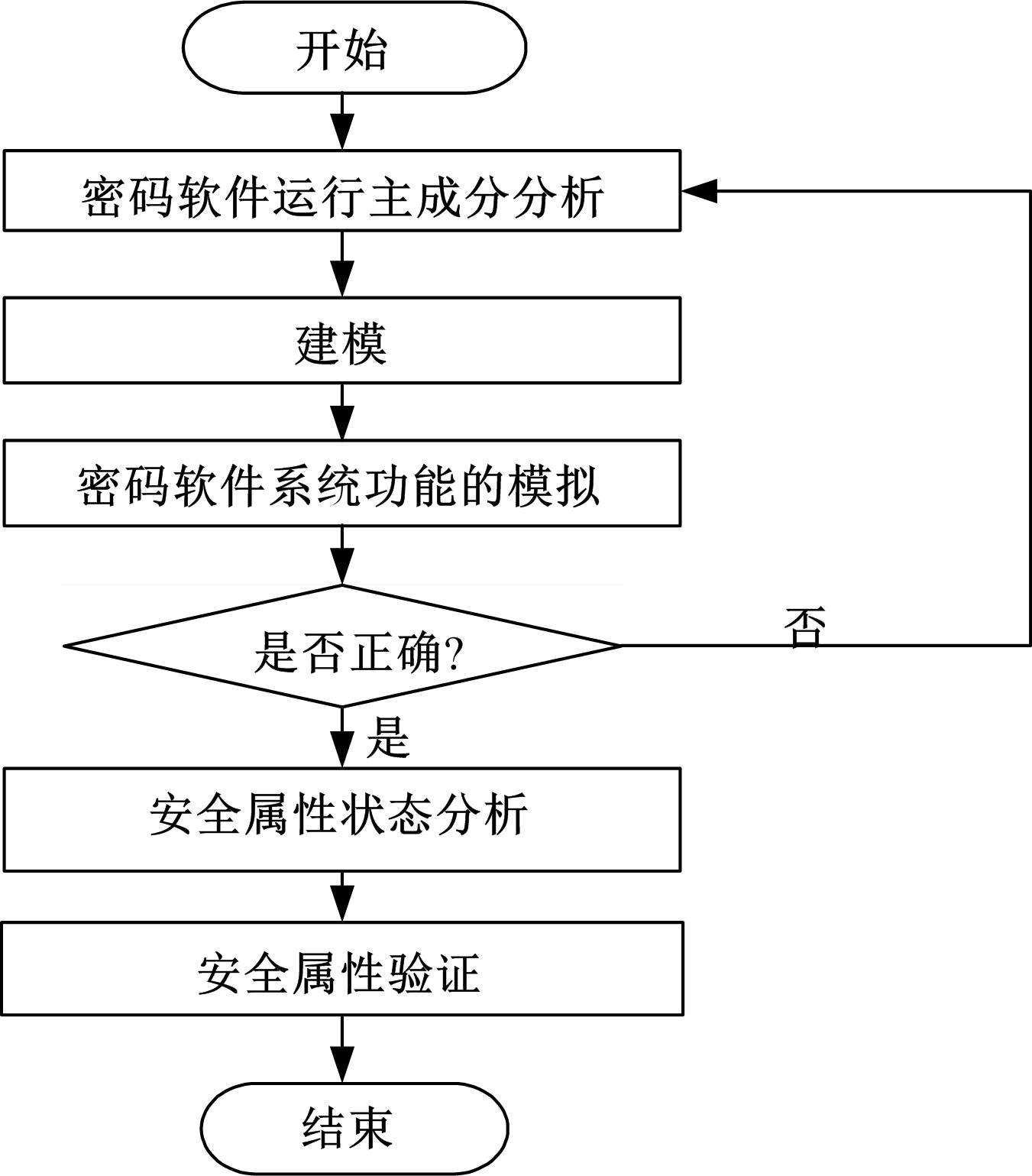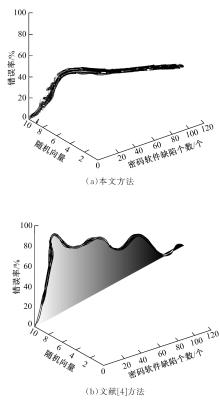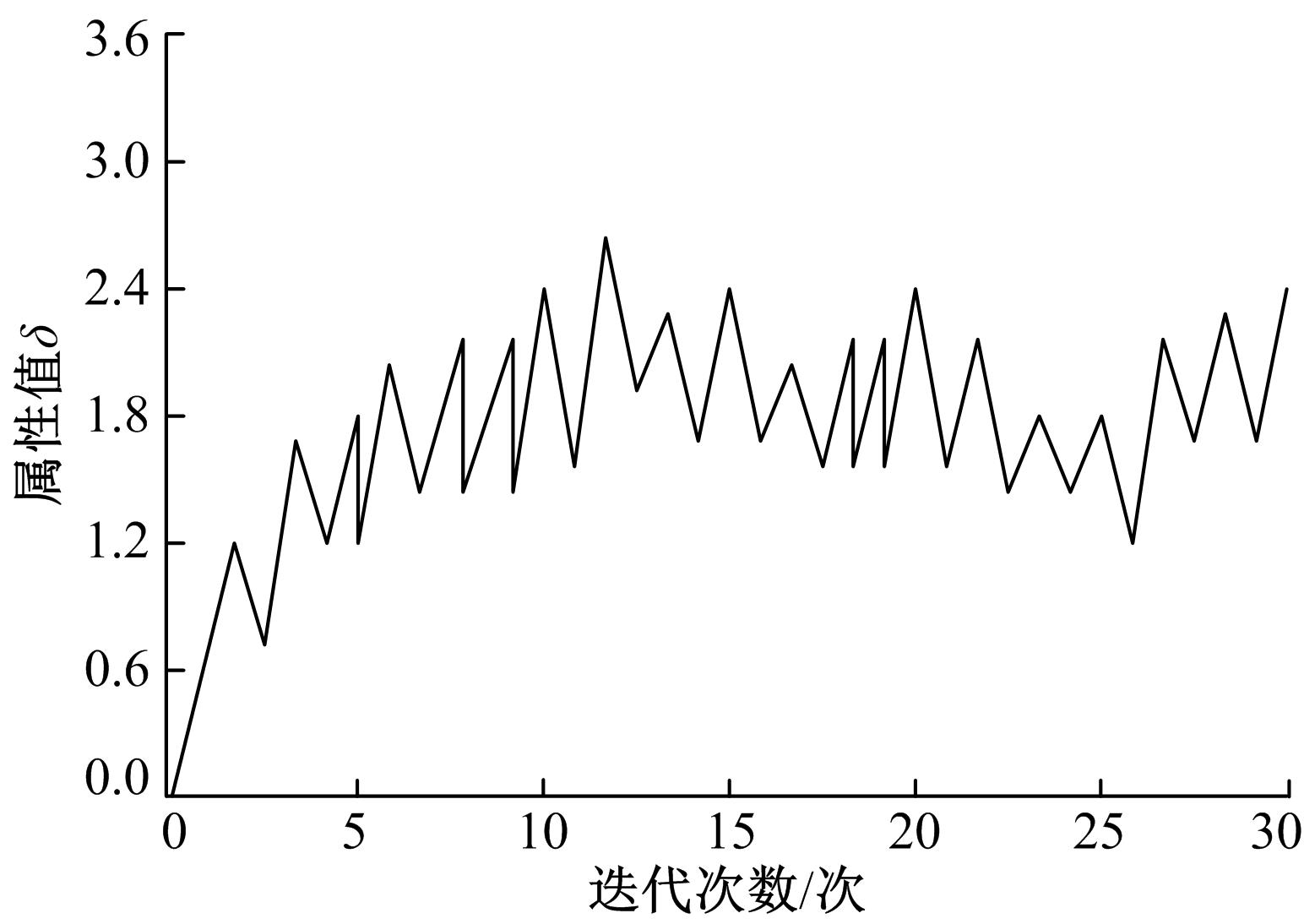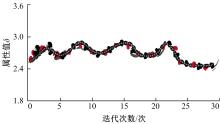Journal of Jilin University(Engineering and Technology Edition) ›› 2019, Vol. 49 ›› Issue (4): 1301-1306.doi: 10.13229/j.cnki.jdxbgxb20180418
Formal verification method for cryptographic software security based on Hoare logic
- School of Computer Science and Engineering, University of Electronic Science and Technology of China, Chengdu 611731, China
CLC Number:
- TP393
| 1 | 李耀, 郭进, 杨扬,等. 铁路信号安全关键软件形式化建模[J]. 铁道学报, 2017, 39(9): 74-80. |
| LiYao,GuoJin,YangYang,et al.Formal modeling of railway signal safety critical software[J]. Journal of the China Railway Society, 2017, 39(9): 74-80. | |
| 2 | 吕英杰, 徐文静, 刘鹰,等. 基于密码技术的智能电能表软件备案与比对系统设计[J]. 电网技术, 2016, 40(11): 3604-3608. |
| Ying-jieLyu ,XuWen-jing,LiuYing,et al.Design of intelligent watt-hour meter software recording and comparing system based on cryptography[J]. Power System Technology, 2016, 40(11): 3604-3608. | |
| 3 | 杨帆, 杨国武, 郝玉洁. 基于模型检测的半量子密码协议的安全性分析[J]. 电子科技大学学报, 2017, 46(5): 716-721. |
| YangFan,YangGuo-wu,HaoYu-jie.Security analysis of semi-quantum cryptography protocols by model checking[J]. Journal of University of Electronic Science and Technology of China, 2017, 46(5): 716-721. | |
| 4 | 桓自强, 倪宏, 胡琳琳,等. 基于Android权限机制的应用安全检测方法[J]. 计算机工程与设计, 2016, 37(1): 42-45. |
| HuanZi-qiang,NiHong,HuLin-lin,et al.Application security detection based on Android access permission mechanism[J]. Computer Engineering and Design, 2016, 37(1): 42-45. | |
| 5 | 陈昊, 卿斯汉. 基于组合式算法的Android恶意软件检测方法[J]. 电信科学, 2016, 32(10): 15-21. |
| ChenHao,Si-hanQing .Android malware detection method based on combined algorithm[J]. Telecommunications Science, 2016, 32(10): 15-21. | |
| 6 | 贾乐, 高杨, 王宇航. 固态热机械密码鉴别器的安全性增强方法[J]. 探测与控制学报, 2017, 39(3):92-96. |
| JiaLe, GaoYang, WangYu-hang. Safety enhancement method for solid state thermal mechanical discriminator[J]. Journal of Detection & Control, 2017, 39(3): 92-96. | |
| 7 | 魏琴芳, 杨子明, 胡向东,等. 基于流量特征的登录账号密码暴力破解攻击检测方法[J]. 西南大学学报:自然科学版, 2017, 39(7): 149-154. |
| WeiQin-fang,YangZi-ming,HuXiang-dong,et al.A remote login-focused brute-force attack detection methods based on network flow characteristics[J]. Journal of Southwest University(Natural Science), 2017, 39(7): 149-154. | |
| 8 | 王念平. 四分组类CLEFIA变换簇抵抗差分密码分析的安全性评估[J]. 电子学报, 2017, 45(10):2528-2532. |
| WangNian-ping.Security evaluation against differential cryptanalysis for four-block CLEFIA-like transform cluster[J]. Acta Electronica Sinica, 2017, 45(10): 2528-2532. | |
| 9 | 陈美兰, 林继铭, 白伟. 氢气安全分析软件CYCAS的研发及初步验证[J]. 原子能科学技术, 2016, 50(2): 295-300. |
| ChenMei-lan, LinJi-ming, BaiWei. Development and preliminary validation of Hydrogen safety analysis code CYCAS[J]. Atomic Energy Science and Technology, 2016, 50(2): 295-300. | |
| 10 | 苏盛, 李志强, 谷科,等. 基于云安全的高级计量体系恶意软件检测方法[J]. 电力系统自动化, 2017, 41(5): 134-138. |
| SuSheng, LiZhi-qiang, GuKe, et al. Cloud security based malware detection in advanced metering infrastructure[J]. Automation of Electric Power Systems, 2017, 41(5): 134-138. |
| [1] | JIN Shun-fu,WANG Bao-shuai,HAO Shan-shan,JIA Xiao-guang,HUO Zhan-qiang. Synchronous sleeping based energy saving strategy of reservation virtual machines in cloud data centers and its performance research [J]. Journal of Jilin University(Engineering and Technology Edition), 2018, 48(6): 1859-1866. |
| [2] | ZHAO Dong,SUN Ming-yu,ZHU Jin-long,YU Fan-hua,LIU Guang-jie,CHEN Hui-ling. Improved moth-flame optimization method based on combination of particle swarm optimization and simplex method [J]. Journal of Jilin University(Engineering and Technology Edition), 2018, 48(6): 1867-1872. |
| [3] | HUANG Hui, FENG Xi-an, WEI Yan, XU Chi, CHEN Hui-ling. An intelligent system based on enhanced kernel extreme learning machine for choosing the second major [J]. 吉林大学学报(工学版), 2018, 48(4): 1224-1230. |
| [4] | FU Wen-bo, ZHANG Jie, CHEN Yong-le. Network topology discovery algorithm against routing spoofing attack in Internet of things [J]. 吉林大学学报(工学版), 2018, 48(4): 1231-1236. |
| [5] | ZHANG Wei-wei, HE Jia-feng, GAO Guo-wang, REN Li-li, SHEN Xuan-jing. Wireless Mesh network routing and channel allocation union optimization algorithm based on game theory [J]. 吉林大学学报(工学版), 2018, 48(3): 887-892. |
| [6] | CAI Zhen-nao, LYU Xin-en, CHEN Hui-ling. Prediction model of somatization disorder based on an oppositional bacterial foraging optimization based support vector machine [J]. 吉林大学学报(工学版), 2018, 48(3): 936-942. |
| [7] | HAN Jia-wei, LIU Yan-heng, SUN Xin, SONG Li-jun. Identity-based encryption scheme based on cloud and quantum keys [J]. 吉林大学学报(工学版), 2018, 48(2): 551-557. |
| [8] | DONG Jian-feng, ZHANG Yu-feng, DAI Zhi-qiang. Improved recommendation algorithm based on DPM model [J]. 吉林大学学报(工学版), 2018, 48(2): 596-604. |
| [9] | ZHANG Wei-wei, HE Jia-feng, GAO Guo-wang, REN Li-li, SHEN Xuan-jing. Routing and channel allocation union optimization in hybrid wireless mesh network [J]. 吉林大学学报(工学版), 2018, 48(1): 268-273. |
| [10] | SHI Wen-xiao, SUN Hao-ran, WANG Shao-bo. Joint channel allocation and routing algorithm in wireless mesh network [J]. 吉林大学学报(工学版), 2017, 47(6): 1918-1925. |
| [11] | LIU Lei, LIU Li-juan, WU Xin-wei, ZHANG Peng. Compiler testing method based on ECP metamorphic relation [J]. 吉林大学学报(工学版), 2017, 47(4): 1262-1267. |
| [12] | DONG Li-yan, WANG Yue-qun, HE Jia-nan, SUN Ming-hui, LI Yong-li. Collaborative filtering recommendation algorithm based on time decay [J]. 吉林大学学报(工学版), 2017, 47(4): 1268-1272. |
| [13] | YU Bin-bin, WU Xin-yu, CHU Jian-feng, HU Liang. Signature protocol for wireless sensor network based on group key agreement [J]. 吉林大学学报(工学版), 2017, 47(3): 924-929. |
| [14] | ZHAO Dong, ZANG Xue-bai, ZHAO Hong-wei. Random forest prediction method based on optimization of fruit fly [J]. 吉林大学学报(工学版), 2017, 47(2): 609-614. |
| [15] | DONG Ying, ZHOU Zhan-ying, SU Zhen-zhen, XU Yang, QIAN Zhi-hong. Cross-layer MAC protocol based on routing information for WSN [J]. 吉林大学学报(工学版), 2017, 47(2): 647-654. |
|
||








